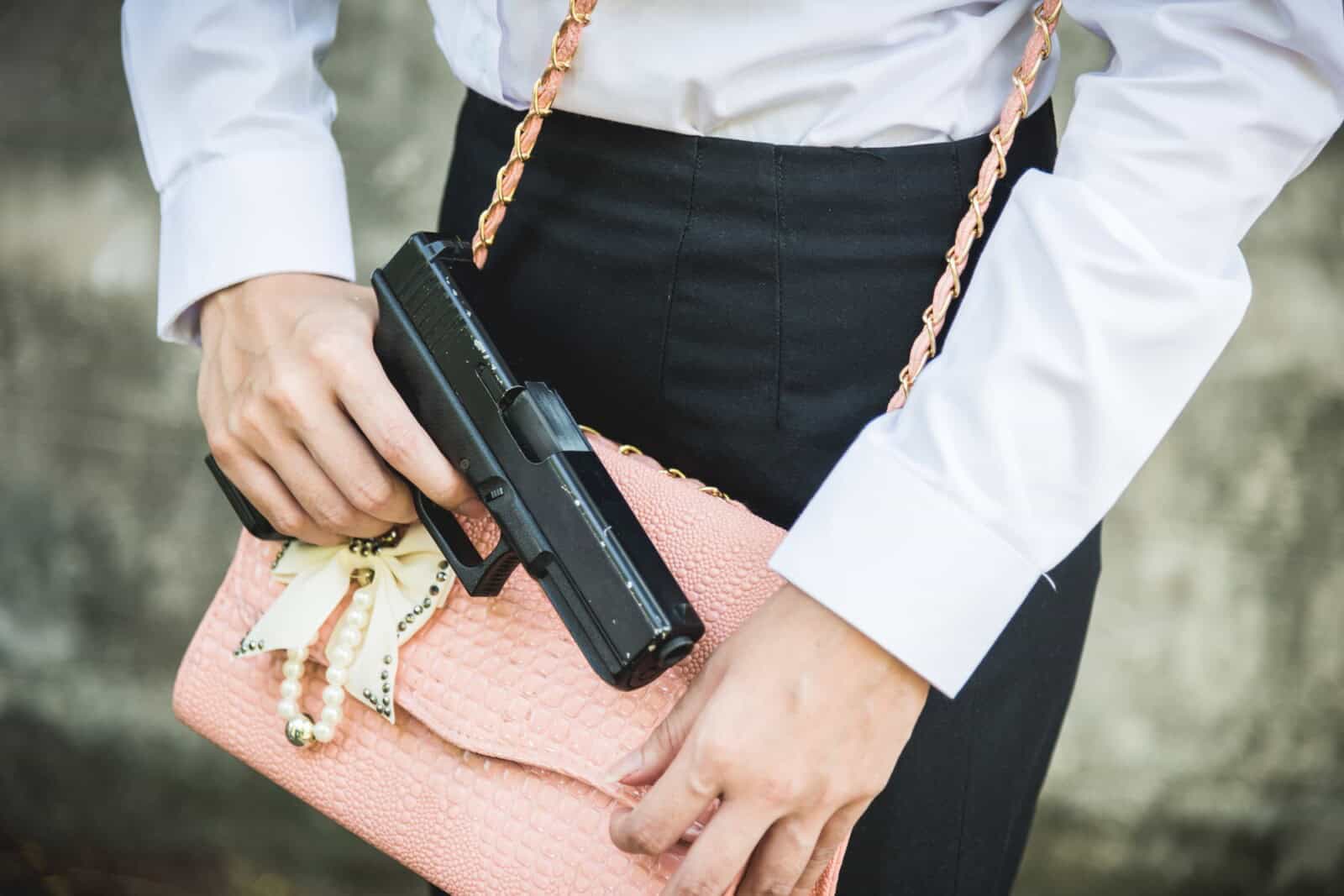When someone acts in self-defense, their actions are often scrutinized through the lens of imminent danger - the reasonable belief that immediate and serious harm is about to occur. This fundamental legal principle determines whether the use of force was justified in protecting oneself or others from harm.
In Florida courts, successfully proving imminent danger requires understanding the legal framework, gathering compelling evidence, and effectively demonstrating why your actions were reasonable given the circumstances. Keep reading to learn about the types of evidence that support self-defense claims, common challenges in proving immediate threat, and strategies for building a strong legal defense.

Understanding Imminent Danger in Florida Law
Florida law recognizes imminent danger as a reasonable belief that death or great bodily harm is about to occur. This belief must be based on circumstances that would cause a reasonable person to fear for their immediate safety or the safety of others.
The legal framework surrounding imminent danger in Florida is primarily established through Florida Statute 776.012, which outlines when the use of force in self-defense is justified. The statute emphasizes that the threat must be immediate and present, not a fear of future harm or a response to past actions.
Stand Your Ground Law's Impact on Proving Imminent Danger
Florida's Stand Your Ground law significantly influences how courts evaluate claims of imminent danger. Unlike traditional self-defense laws, which require attempting to retreat when possible, Stand Your Ground removes this duty if someone reasonably believes they face an immediate threat of death or great bodily harm.
The law provides immunity from criminal prosecution when self-defense criteria are met, but this protection depends heavily on the ability to prove imminent danger. Once self-defense is claimed, the prosecution must prove beyond a reasonable doubt that the defendant's actions were not justified by an immediate threat.
Types of Evidence to Demonstrate Imminent Danger
Proving imminent danger requires a comprehensive collection of evidence that supports the defendant's reasonable belief that they faced an immediate threat. The strength of a self-defense case often depends on the quality and quantity of evidence presented.
Physical Evidence
Physical evidence plays a crucial role in establishing the presence of imminent danger. For example, in a recent Florida case, defensive wounds on a defendant's arms, combined with the aggressor's knife found at the scene, provided compelling proof of an immediate threat that justified the use of force in self-defense.
The location and position of physical evidence can help reconstruct the sequence of events and demonstrate the immediate nature of the threat. Forensic analysis of this evidence can provide objective support for the defendant's account of events.
Witness Testimony
Eyewitness accounts can provide valuable context about the circumstances leading to the use of force. In one self-defense case, multiple witnesses testified about seeing the aggressor make specific threats and aggressive movements toward the defendant moments before the incident, helping establish the immediacy of the danger.
Expert witnesses, such as self-defense instructors or threat assessment professionals, can explain why certain actions or circumstances would reasonably cause fear of immediate harm. Their testimony can help judges and juries understand the situation from the defendant's perspective.
Video and Audio Recordings
Surveillance footage and cell phone videos have become increasingly important in proving imminent danger. These recordings can provide objective evidence of threatening behavior and help establish the timeline of events.
Audio recordings, including 911 calls, can capture the urgency of the situation and document any verbal threats made. These recordings can also demonstrate the defendant's state of mind and immediate fear during the incident.
Threat Assessment Documentation
Prior threats or incidents of violence can establish a pattern of behavior that supports the reasonable belief in imminent danger. This documentation might include police reports, restraining orders, or written communications.
A documented history of violence or threatening behavior by the aggressor can help explain why the defendant reasonably believed they faced immediate harm. This context is particularly important in cases involving domestic violence or ongoing conflicts.
Challenges in Proving Imminent Danger
Demonstrating imminent danger in court presents several unique challenges that must be carefully addressed to build a successful self-defense case.
Subjective Nature of Perception
The perception of imminent danger can vary significantly based on individual experiences and circumstances. What seems threatening to one person might not appear dangerous to another, making it challenging to establish the reasonableness of the defendant's actions.
Courts must consider factors such as the defendant's physical characteristics, prior experiences, and knowledge of the aggressor when evaluating the reasonableness of their fear. This subjective element requires careful explanation and context to help judges and juries understand the defendant's perspective.
Time-Sensitive Evidence Collection
The passage of time between the incident and evidence collection can significantly impact a self-defense case. Physical evidence may be lost or degraded, witnesses' memories may fade, and surveillance footage might be overwritten if not secured quickly.
Gathering and preserving evidence promptly is crucial for building a strong case. This includes documenting injuries, securing video footage, and obtaining statements from witnesses while their memories are fresh.
Lack of Physical Evidence
Many self-defense situations occur without leaving significant physical evidence. When physical proof is limited, building a compelling case requires creative approaches to demonstrating the presence of imminent danger.
When physical evidence is scarce, alternative forms of evidence, such as expert testimony and circumstantial evidence, become increasingly important. These elements must be carefully woven together to create a convincing narrative of immediate threat.
Strategies for Building a Strong Self-Defense Case
Successfully proving imminent danger requires a strategic approach that combines thorough investigation, expert analysis, and effective presentation of evidence.
Thorough Investigation and Evidence Gathering
A comprehensive investigation should begin as soon as possible after the incident. This includes documenting physical evidence, identifying and interviewing witnesses, and collecting any available surveillance footage or recordings.
Professional investigators can help uncover evidence that might otherwise be overlooked, such as additional witnesses or security cameras in the area. Early intervention in evidence-gathering can prevent the loss of crucial information that supports claims of imminent danger.
Expert Witness Testimony
Expert witnesses can provide crucial support for claims of imminent danger by explaining technical aspects of self-defense situations. Their testimony can help judges and juries understand why certain actions or circumstances would reasonably cause fear of immediate harm.
These experts might include forensic specialists, self-defense instructors, or psychologists who can explain the effects of stress and fear on decision-making. Their professional opinions can add credibility to the defendant's account of events.
Effective Presentation of Evidence
Evidence must be presented in a clear, logical manner that helps judges and juries understand the immediate nature of the threat. This includes creating timelines, using visual aids, and developing compelling narratives that explain why the defendant reasonably feared immediate harm.
The strategic presentation of evidence should focus on establishing the reasonableness of the defendant's actions given the circumstances. This includes explaining any relevant background information while maintaining a focus on the immediate threat that prompted the use of force.
Speak With a Defense Attorney Today
When facing charges after acting in self-defense, proving imminent danger requires a strategic combination of evidence, expert testimony, and skilled legal representation. The specific requirements and burden of proof can vary significantly based on the circumstances, making experienced legal counsel essential for protecting your rights and freedom.
The criminal defense attorneys at the Weinstein Legal Team have extensive experience building successful self-defense cases and proving imminent danger in Florida courts. Call us now at 888.626.1108 to speak with an attorney, or click here to schedule a free case review.


